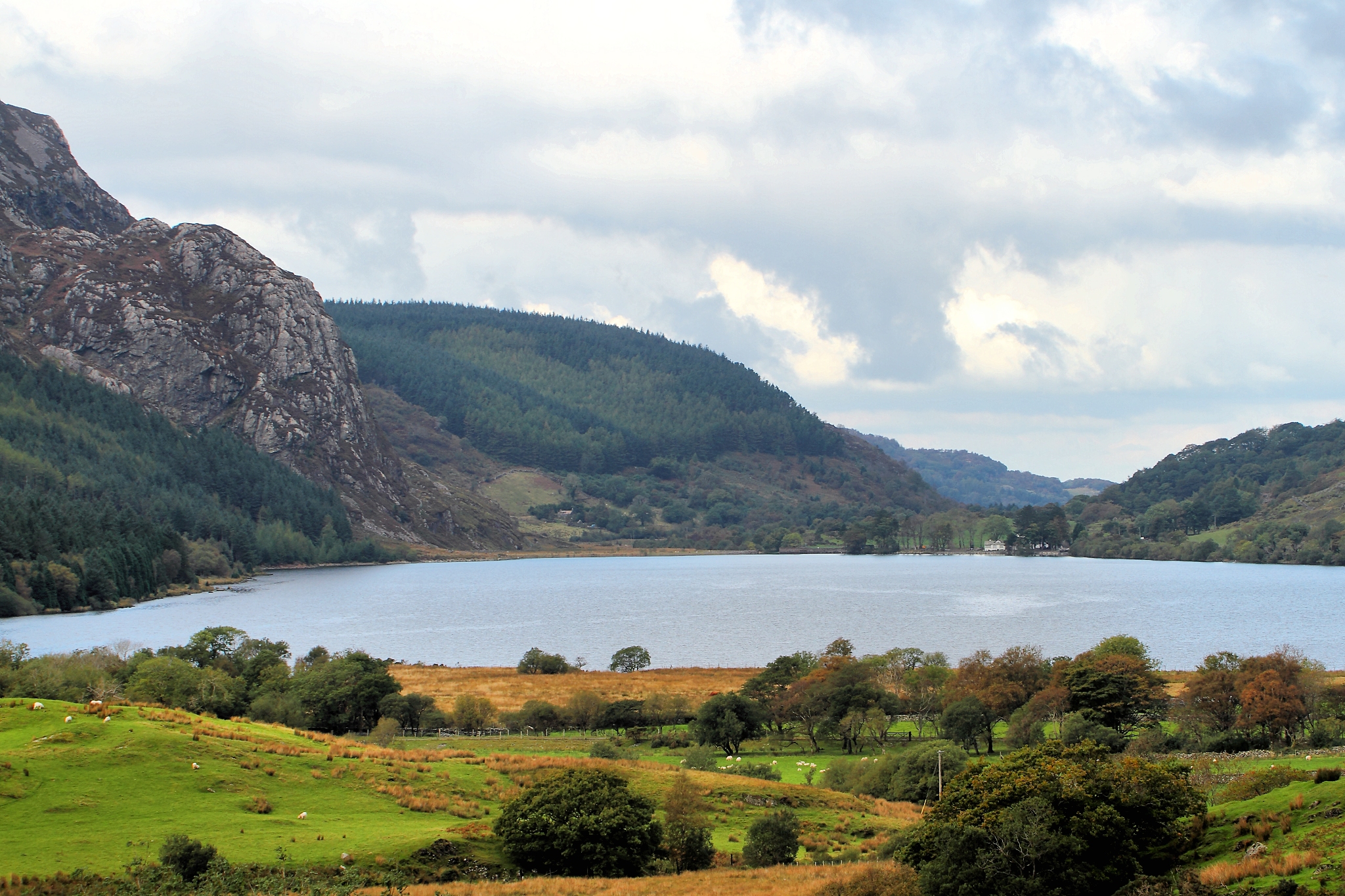Stargazing is a past-time that anyone of all ages can enjoy and learn to appreciate the wonders of the universe that we live it. Not only can it be a romantic date activity that brings couples together, but it is also a great educational experience for families and a meaningful moment of bonding amongst friends.
In our modern world, it is often difficult to fully view the beauty of the night sky, and it is thanks to organisations such as the International Dark-Sky Association (IDA) that certain areas are reserved to be light-pollution free. IDA has designated ‘International Dark Sky Places’ which are areas of land that need to be free of any human light sources. While the majority of them are located in the US, there are also a couple in the UK that are definitely worth visiting!

Galloway Forest Park
As the first park in the UK to be awarded a Dark Sky Park status in 2009, Galloway Forest Park in Creebridge, Scotland boasts an impressive Gold tier ranking for its’ lack of light pollution. With little to no people living in the 300-mile area, it is possible to see up to 7,000 stars and planets with the naked eye.
Snowdonia Dark Sky Reserve
Located in the Snowdonia National Park in Wales, the Dark Sky Reserve is one of the twelve reserves that exist around the world. From this beautiful landscape of the rolling Welsh valleys and hills, it is possible to see the Milky Way, major constellations, nebulas, and shooting stars. It is a beautiful park in its own right so definitely worth a visit!

Exmoor Dark Sky Reserve
Exmoor National Park was Europe’s first designated Dark Sky Reserve and was officially recognised by the IDA in 2011. The park will be holding its’ 4th annual Dark Skies Festival in October which involves guided talks (some events are changing due to Coronavirus restrictions) and stargazing sessions with explanations from experts. The park also rents out telescopes for anyone who wants to get a closer look at the beautiful night sky.

Elan Valley Dark Sky Park
Another Dark Sky Park Status holder is the Elan Valley Park. The 45,000 acre Welsh reserve holds an impressive Silver tier status since becoming recognised in 2015. A stunning escape from city life, the park also offers self-catered cottages for you to stay in on your stargazing adventures!
Brecon Beacons Dark Sky Reserve
The first reserve to be recognised in Wales is Brecon Beacons National Park. A four-hour train and bus ride away from London, it is a perfect weekend getaway and if you’re lucky you may even be able to catch a meteor shower while you’re there.
Northumberland Dark Sky Park
England’s first IDA recognised park is the Northumberland National Park. With it being home to England’s darkest skies, it is possible to see not only our own galaxy but also the Andromeda galaxy.

Glenlivet and Tomintoul area in Cairngorms National Park
Located in the Cairngorms National Park, Glenlivet and Tomintoul area are part of the most northerly Sky Park in the world. Though the temperamental Scottish weather sometimes obstructs the view, the park provides telescopes and guided sessions. The recommended time to go is between October and March so better start planning!
Coll Dark Sky Island
If you’re looking for a real adventure and escape into the true countryside, look no further than the island of Coll. Nestled in the Inner Hebrides the stunning island not offers 30 beaches to explore, it is also one of the two Dark Sky Islands in the UK. Since the town has no street lights, you are fully immersed in the sights and sounds of nature.

As the winter months start creeping in and the days get darker and longer, now is a perfect time to start planning a star-gazing trip with your loved ones that will bring you closer to them and the universe.
Fear not if you can’t get away from your city life, the National History Museum in London has a list of places that you can try and get a good view of the night sky despite the light pollution. Happy star-gazing!













